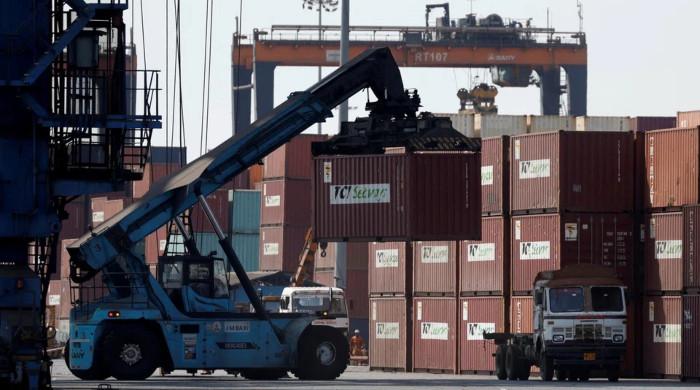JPMorgan fears energy supercycle to shoot oil prices up to $150
Brent prices will be between $90 to $110 next year and even higher in 2025
September 23, 2023

- JPM says capacity shocks, energy supercycle major factors.
- Adds OPEC+ cuts, Russian exports embargo led oil to soar.
- Global supply-demand mismatch to hit 1.1m bpd in 2025.
Christyan Malek, the head of JPMorgan's EMEA energy stock research, alerted investors on Friday that the recent Brent price increase would continue its journey upwards to $150 per barrel by 2026, according to a recent research report.
The $150 price warning was sparked by a number of factors, such as capacity shocks, an energy supercycle, and, of course, global attempts to move away from fossil fuels.
Recent production cuts by OPEC+, primarily spearheaded by Saudi Arabia, which nearly eliminated 1 million bpd from the market, along with a Russian embargo on fuel exports, caused crude oil prices to soar.
In combination with supply constraints, increased crude demand raised crude oil prices, which in turn raised consumer prices.
On Friday afternoon, Brent prices were trading at about $93.55, but Malek predicts that they will be between $90 and $110 next year and even higher in 2025.
“Put your seatbelts on. It’s going to be a very volatile supercycle,” Malek told Bloomberg on Friday, as the analyst sounded alarms about OPEC’s production cuts and a lack of investment in new oil production.
Additionally, JPMorgan warned that OPEC+ could add up to 400,000 bpd to global supplies and that Russia's oil exports may recover by the middle of this year.
The JPM also predicted that oil prices were unlikely to reach $100 per barrel this year unless a significant geopolitical event shook markets.
JPMorgan's demand growth forecast for China at the time was 770,000 bpd, which was lower than what OPEC and the IEA predicted.
According to JPMorgan, the current global supply and demand mismatch will be 1.1 million barrels per day (bpd) in 2025, but it will increase to a 7.1 million bpd shortfall in 2030 as high demand continues to outpace low supply.









